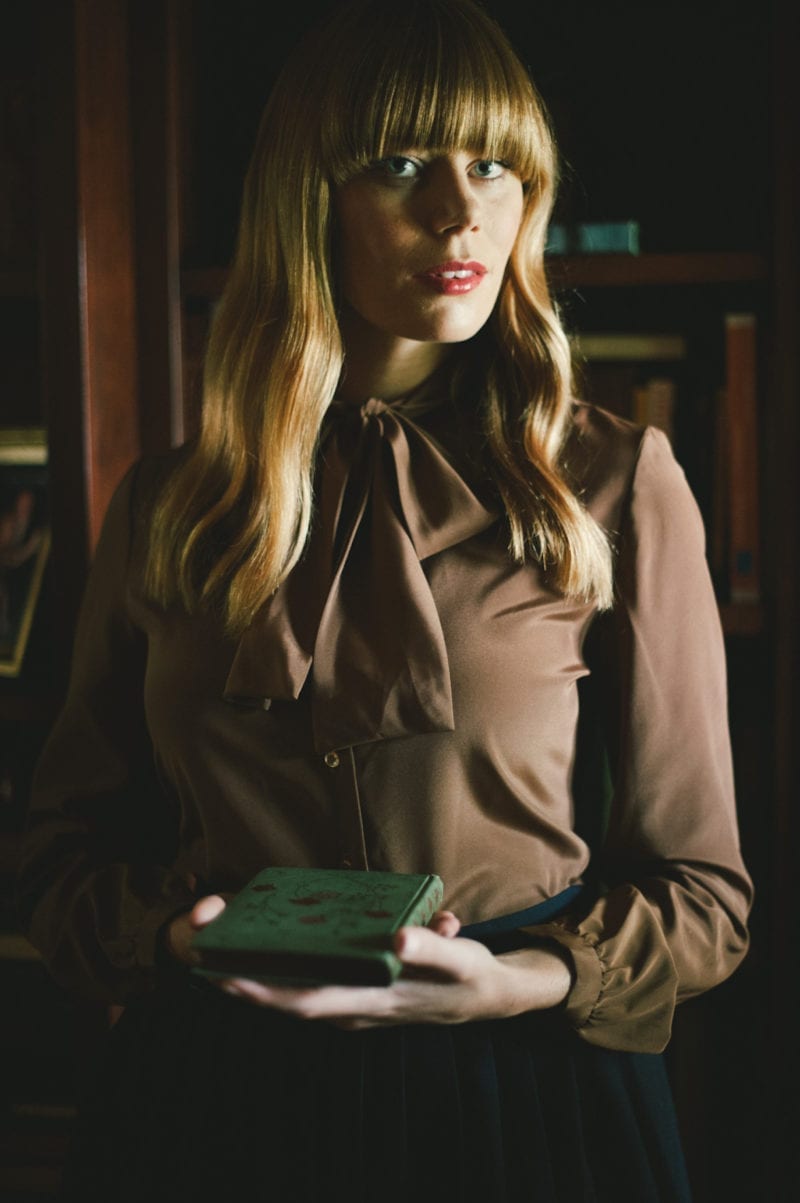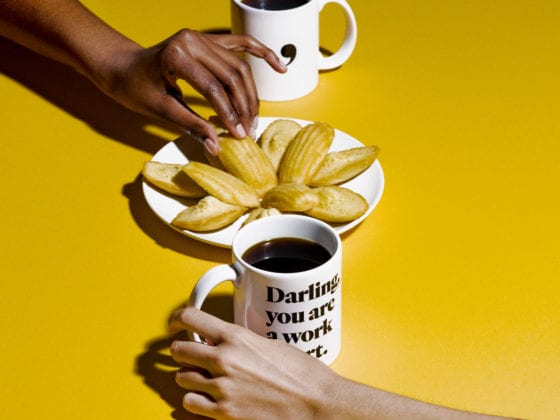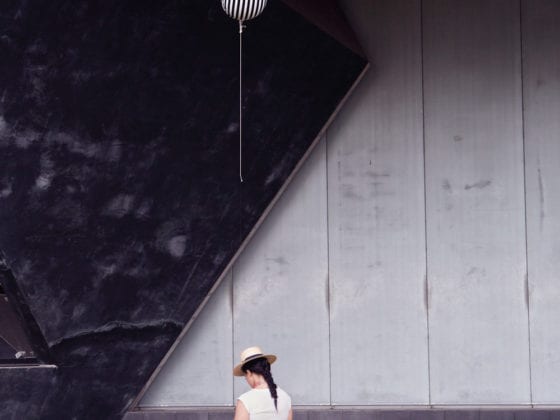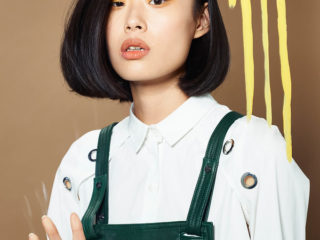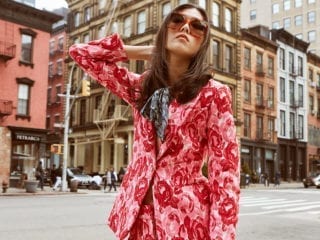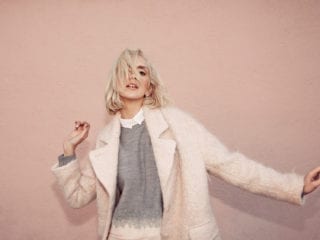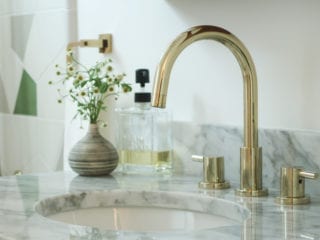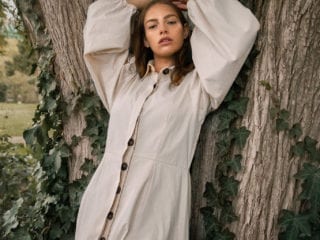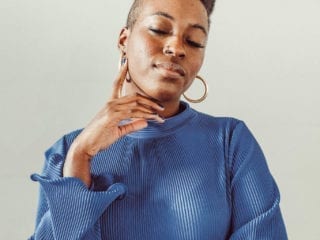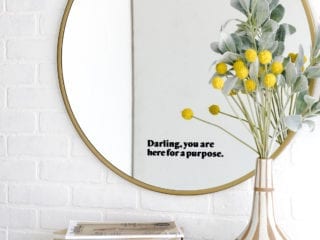A transitional period from war to post-war, the 1940s was an era marked by both destruction and reconstruction. Rebuilding society and returning to normalcy were key elements that distinguished 1940s style from previous generations. It was the beginning of what we might call the “modern look.”
In the aftermath of a world war, western society was ready to jump into a future with new possibilities—for women and men alike. At the same time, it retained traces of the air of elegance found in pre-war aristocratic society, particularly through Hollywood glamour and upper-class women’s evening fashion.
I love channeling this combination of both casual-smart and classic femininity in my personal style. As a “slim-average” body size and height (according to current industry standards), a style that doesn’t veer to one extreme or another suits me best. These classic elements of 40s fashion portray the versatility and diversity that inspire my wardrobe.
Uniform-inspired
The great war heavily limited the resources available to the fashion industry. It not only determined the popular materials of the decade, but the styles and silhouettes as well. Military and utility looks found their way into women’s fashion with matching skirt suits.
I absolutely adore the structured, padded shoulders and oversized fit of women’s blazers, as made popular in this era. Paired with midi-length skirts, the look both channels functionality and symbolizes remembrance. While I love the professional aesthetic of a pantsuit and what it represents for women in the workforce, for my short-average height, a skirt or culottes that reach above my ankles work best. 1940s military-inspired fashion provides the perfect balance between drastic new-age innovation and a nostalgic preservation of tradition.
1940s military-inspired fashion provides the perfect balance between drastic new-age innovation and a nostalgic preservation of tradition.
Masculine touches on feminine silhouettes
Playing with pieces inspired by menswear—cropped blazers, matching suits and sleek trousers—is one of my favorites ways of spicing up a boring workwear look. There’s something about the contrast of crisp, harsh lines draped over a figure meant for soft curves that creates an intriguing visual.
1940s fashion saw womenswear reflect women’s growing practical role in the workforce. Traditionally feminine elements like puff sleeves and collars are slightly altered with structured, boxy shapes and pointed ends. Both are reemerging today, and I love incorporating them into everyday looks for a preppy, vintage touch.
1940s fashion saw womenswear reflect women’s growing practical role in the workforce.
As I’m still in the beginning stages of developing a more mature, post-graduate wardrobe, I want to enter the workwear world with one toe still in youthful waters. Playful sleeves and dramatic necklines walk the edge between both and suits my life stage perfectly.
Subtle takes on former trends
Dior’s “The New Look,” as summarized by the Metropolitan Museum of Art, “celebrated ultra-femininity and opulence.” Aristocracies may be bygones, but the glamour of upper-society fashion is streamlined into modern, more accessible silhouettes. Shorter hems (but still modest) and tailored cuts allow women to channel the sophistication of former evening gowns in a street-friendly look.
Again, I love the balanced shape of women’s skirts from this era, which is not fully the voluminous flare of the 50s nor the straight-cut of the 20s. It’s a middle ground (and middle-class) style that still works today. As I try to stay mindful of my purchases and eliminate waste, timeless pieces that transcend trends and flatter my body are the investments I’ll want to make in my future wardrobe.
Is there a particular decade that inspires your style? What are some staples you take from that era of fashion?
Image via Emily L. Blake, Darling Issue No. 2
